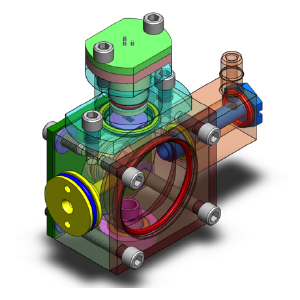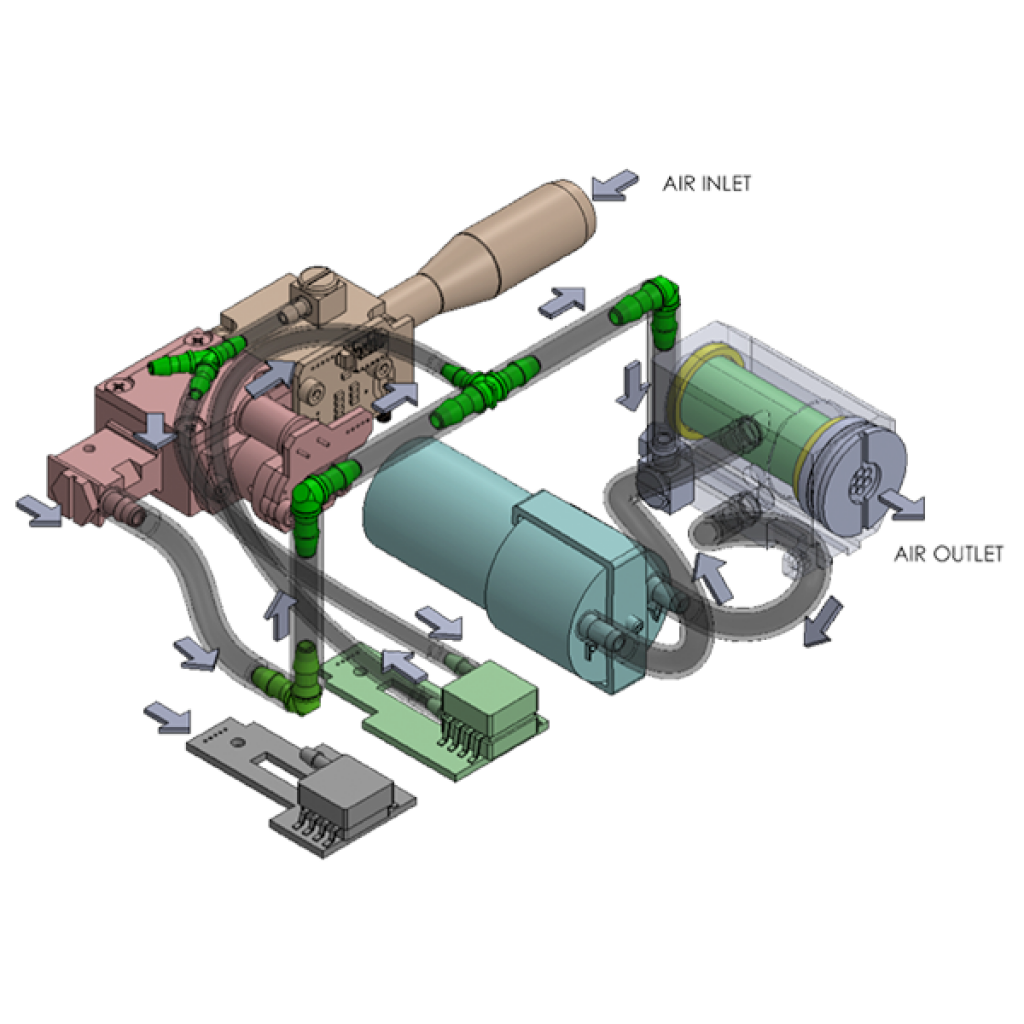Particles or particulate matter (PM) are subdivisions of solid matter that surrounds us. PM come in many shapes and sizes and can be solid particles or liquid droplets. PM is everywhere, in the atmosphere, at ground level, and even in our homes. It floats through the air and with every breath we take, we breathe it in, even if most of it isn’t visible to the naked eye.
What do we breathe?
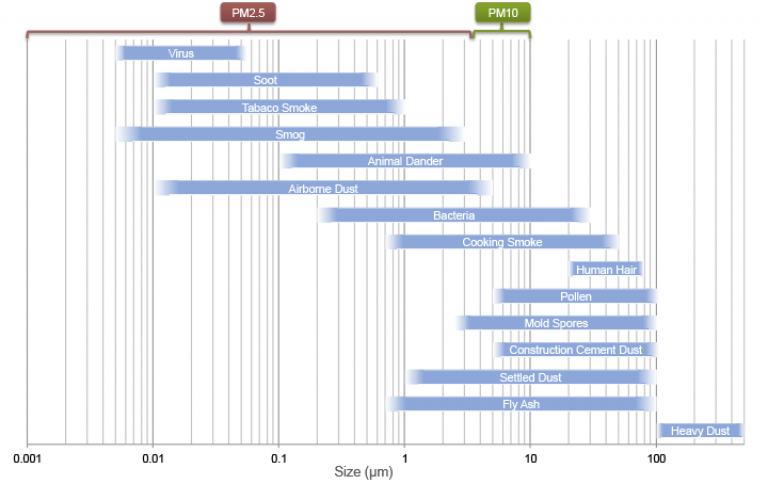
Why monitoring particles
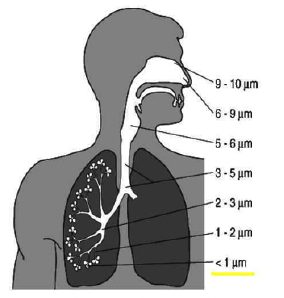
Although so small as to be invisible, PM is the air pollution that most commonly affects people’s health. Depending on their size, PM is one of the leading causes of respiratory and cardiovascular problems. When a person inhales, the breath of air will include both visible and microscopic particles. These can enter your system through the nose and mouth. Depending on the particle’s size and composition, these can travel deep within the respiratory system and be more toxic. Particles <1µm are likely to reach the peripheral airways and alveoli or be exhaled, particles 1-5 µm will deposit in the large and conducting airways, while particles >5µm will predominately deposit in the oropharynx. Effects include asthma, lung cancer, birth defects and premature death. PM pollution causes around 200,000 deaths per year in Europe.
For example. A person breathes in average 11,000 liters of air per day. The breakdown of particles breathed per day according to the particle size is as follow:
| Particle Size (um) | Particles breathed per day |
| 0.1 | 11,000,000,000 |
| 0.2 | 2,607,000,000 |
| 0.5 | 387,200,000 |
How big is a micron?
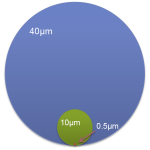
Note that 40 microns are the smallest particles that can be seen by the human eye.
How do particle Analyzers work?
Particle counting principle
A particle counter is an instrument that detects and counts particles. A particle counter works on the principal of either light scattering, light blocking, or condensation for detecting and measuring particle size or size distribution. When a particle is illuminated by a light beam, it is redirected (if light scattering is used) or absorbed (obstruction). The redirected or loss light (depending on method used) is detected by a photo detector, measured, and the particle is counted and tabulated into standardized counting bins. If direct imaging is used, a halogen light illuminates particles from the back within a cell while a high definition, high magnification camera records passing particles. Recorded video is then analyzed by computer software to measure particle attributes.
Anatomy of a particle counter’s sensor
A particle counter is made up of the following components:
- Light source (bright laser light)
- Reflector
- Light sensor
- Electronic signal processing circuit
